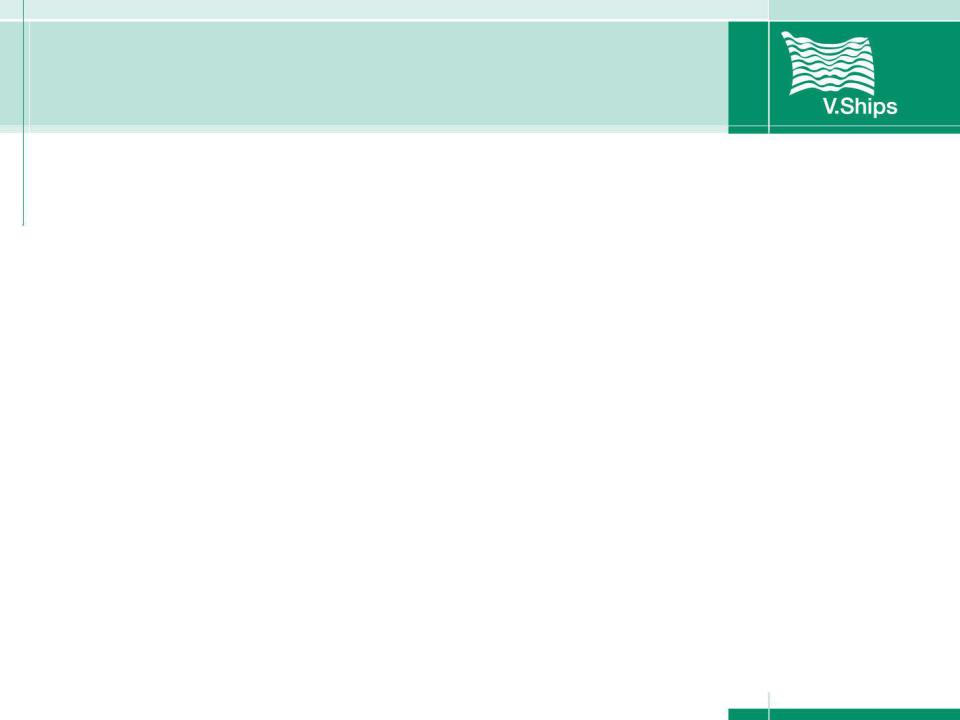
Chemical Tankers / Day 3 / Day 3 Topic 1 Cargo Planning & Stowage
.pdf
1.2 Stow Plan review
1. Ship’s Fitness Certificate compliance (contd.)
Ship’s Fitness List

1.2 Stow Plan review
1. Ship’s Fitness Certificate compliance (contd.)
Footnotes for cargo to be loaded should always be consulted before loading and strictly followed.

1.2 Stow Plan review
2. Filling limitations, including weight limits, product specific
Filling limits requirements for cargo tanks is due to:
Load density limits of cargo tanks against cargo density
(for example, Caustic Soda due to high density of cargo; see next slide);
Density of cargo at maximum voyage temperature or discharge temperature against load temperature (for example, cargo which is require a higher discharge temperature allowed for expansion);

1.2 Stow Plan review
2. Filling limitations, including weigh limits, product specific
Typical high density cargo filling limitations from Appendix to Class Certificate.

1.2 Stow Plan review
2. Filling limitations, including weigh limits, product specific
Filling limits (contd.)
IBC Code limit of cargo quantity for ship Type 1 and 2 tanks (see next slide);
FOSFA restrictions for minimum filling limits
(should be >60% volume in order to consider as a last cargo)

1.2 Stow Plan review
2. Filling limitations, including weigh limits, product specific
The filling limits of the cargo tanks due to temperature variations and overfill limits shall be complied as per IBC Code. In addition, vessel shall comply with filling limit restrictions due load density limits of cargo tanks as per Certificate of Class and Stability Manual.

1.2 Stow Plan review
3. Available volume allowing for expansion during the voyage
Always consider filling limits of cargo tanks according to your voyage route for possible future cargo expansion due to temperature rise. For example, a winter time passage from NE Europe to South America via Tropical Zone where the cargo temperature will significantly increase.

1.2 Stow Plan review
3. Available volume allowing for expansion during the voyage
Cargo expansion and appropriate filling limits should be considered in case where two different cargo stowed in adjacent tanks and when one of them is a heated cargo.
Same considerations should be taken into account during the hot wash tank cleaning operations with a cargo loaded in adjacent tanks.

1.2 Stow Plan review
4. Compatibility (heat, reactivity, coating resistance)
The USCG Compatibility Guide is the foundation for safe stowage based on the potential reaction of two cargoes loaded in adjacent tanks if the common bulkhead between them should fail.
This guide should be always cross-checked before any stowage planning / approval or changes.

1.2 Stow Plan review
4. Compatibility (heat, reactivity, coating resistance)
